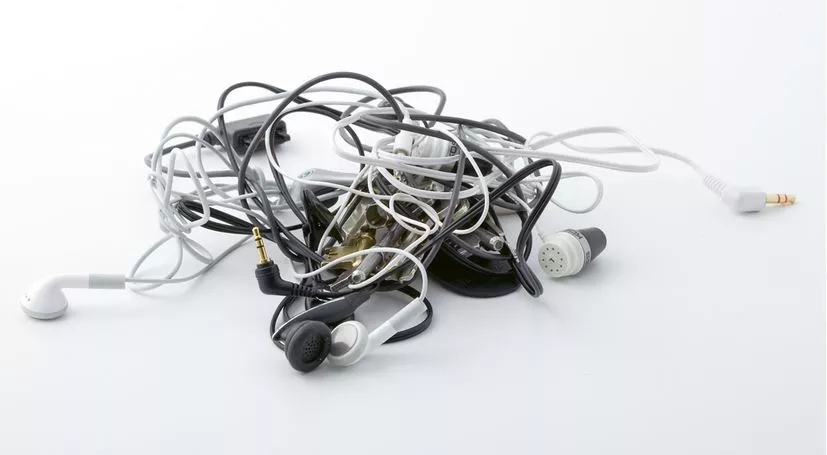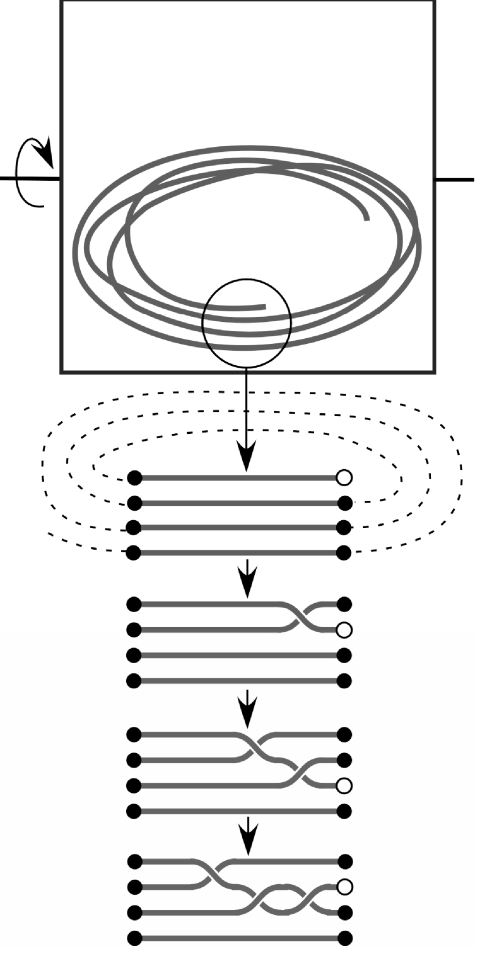Mystery Solved: Why Do Earphones Always Get Tangled Up in Pocket?

 Scientists have been working very hard to solve the complexities of the universe. While some geniuses have been busy hacking the human brain, others are busy creating artificial ones. But does anyone care to work for the common man’s cause??
Scientists have been working very hard to solve the complexities of the universe. While some geniuses have been busy hacking the human brain, others are busy creating artificial ones. But does anyone care to work for the common man’s cause??
Now the question is why do the earphones and other stringy objects get tangled up when jostled up. Physicists now have stepped up to this problem and did a few trials by hustling strings of different stiffness and lengths in a box. They found that complex knots often form within seconds ( something even the kids know very well ).
Now a mathematical knot theory is used to analyze the knots. The probability P of knotting depends upon the length of the strings. Above the critical length, the probability first increases sharply and then saturates below 100%. Also if the strings are stiff then the probability of knotting is lower but increases with long and flexible strings.
Read the explanation:

Well, now we know why do our earphones entangle. But I would love to know how to stop them from doing so. Anyone ready to perform experiments for that…? :P
Bonus Video: How To Destroy An iPhone
https://www.youtube.com/watch?v=Yjqgwc-8M00






